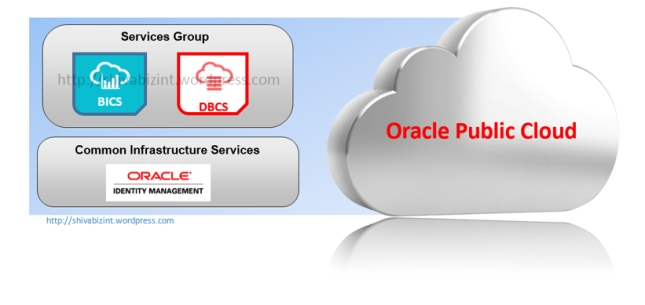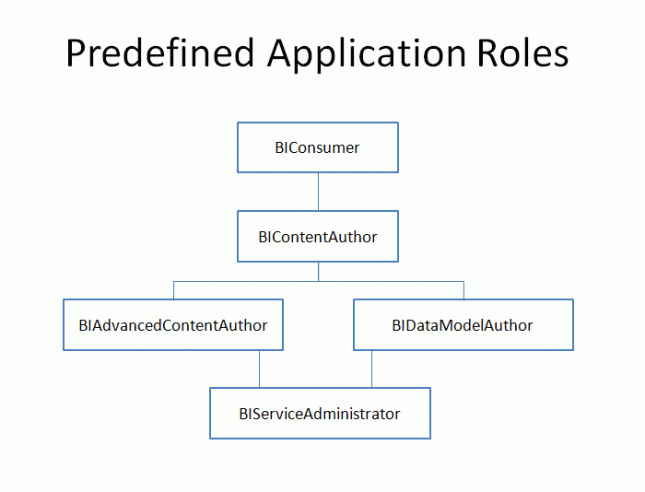Much waited OBIEE 12c is released. This version is another major release from Oracle after OBIEE 10g and11g. This version has many improvements, Enhancements, and advanced new features in installation, migration, analyses and dashboards, Oracle BI Mobile, Oracle BI Publisher, metadata repository development, system administration, integration and API, and localization.
Download link: http://www.oracle.com/technetwork/middleware/bi-enterprise-edition/downloads/business-intelligence-2717951.html
Documentation: http://docs.oracle.com/middleware/1221/biee/index.html
Highlights:
New Features in Presentation Services:
- Visual Analyzer: A brand new powerful visualization application in OBIEE Suite. VA provides greater flexibility to Rapidly create rich analyses through drag-and-drop configuration of new visual grammar. Using VA we can build the reports from the sources OBIEE repository and also from external content.
- Views Enhancements: New context menu (Right Click) on all graphs & other views to sort, drill.
- New Heat Matrix view type to represent the two-dimensional data. This is well suited for analyzing large amounts of data and identifying outliers.
- New Data Format properties “Scale for % (x 100)”: Specify whether to multiply data by a 100 to display it as a percentage when setting the properties of a column
New Features in BI Server:
- Logical Level Sequence Numbers for Time Dimensions for faster time series calculations. And to improve the query time.
- DISPLAY, SORTKEY Syntax Supported in the SQL ORDER BY Expression
- Oracle Database FAN & Connection Failover Supported by Oracle BI Server
- Generate Fragmented Aggregates in Aggregate Persistence
- Following New Command Line utilities are added
- Download Repository
- Upload Repository
- List Connection Pool
- Update Connection Pool
- Rename Application Role
- Delete Application Role
- Rename Users
- Delete Users
- List Repository Variables
- Update Repository Variables
New Features in Administration:
- Installation: Much faster and straight forward. And mostly, the configurations & folders directories are simple and clean.
- NO more OPMN, all services including OBI System & Java services are managed by WebLogic.
- Migrating from OBIEE 11g to 12c: We can migrate the Oracle BI 11g metadata to 12c is a two step process, and is carried out by using the BI Migration Script (migration-tool.sh). The catalog and WebLogic Security configurations needs to be reconfigured/migrated like in OBIEE 11g.
- BAR (BI Archive file): A new archive format which contains OBIEE Catalog, RPD and Security packaged in one file. The file will be created in current environment and imported in Target environment. The BAR file creation process has following options while creating it.
- export all: To export everything including users and data sources are the same between two systems.
- export without user folder content: Migrating the Catalog without the User’s Folders.
- export without connection pool credentials: Migrating the upgraded RPD from one environment to another without connection Pool information. When Imported the BAR in Target environment, The RPD will be updated the new changed by not changing the Target System Connection Pool Information.
- Syntax:
- Creating the BAR File from Current Environment:
exportServiceInstance(domainHome, serviceInstanceKey, workDir, exportDir, applicationName=None, applicationDesc=None, applicationVersion=None, includeCatalogRuntimeInfo=false, includeCredentials=None) - Importing the BAR file in Target environment:
importServiceInstance(domainHome, serviceInstanceKey, barfile)
- Creating the BAR File from Current Environment:
New Features in Security:
- BISystemUser and BISystem Removed, No need to have BISystemUser in LDAP. The system user concept is now deemed “virtual” and is represented by the credential oracle.bi.system/system.user, for which the values are securely randomly generated by the Configuration Assistant.
- User GUIDs Removed: user GUIDs have been removed to make administration easier. GUIDs are replaced with user names. There is no longer any need to refresh GUIDs as part of lifecycle operations
- Database Security Store: Policy & Credential store is configured in database instead of the file System-jazn & etc.
- Easier SSL Configuration: Configuring SSL is much easier than earlier versions.
Overall this is a great release after OBIEE 11g from Oracle. Best version to start exploring and do great analysis.
Stay tuned for more interesting articles on OBIEE 12c here.
Thanks,
Shiva Molabanti







